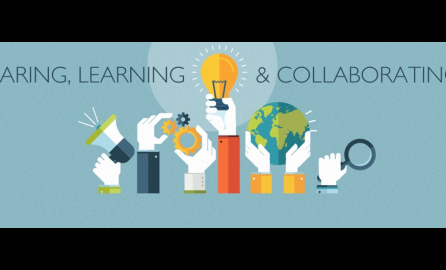2. Key research Questions on the Informal Economy
The research and monitoring and evaluation matrix is a supplement to the Research Network Support Facility (RNSF) Logical Framework as included in the ARS Progetti Organisation and Methodology document.
For each research question, and as relevant, the RNSF project analysed:
- Key strategies from global, regional, and (sub)national strategies to micro level (in the case of entrepreneurs their business approaches)
- Identify what works (GP)
- What does not work or only works somewhat
- Challenges faced and if/how they are overcome
- New trends and how they are being implemented
Research Question: 2.1 Enabling environment
What are the key ways to successfully support the enabling environment at national and sub-national level for enhancing the livelihoods of those dependent on the informal economy, with special attention to social inclusion? This includes legal and policy framework development, institution and capacity strengthening as well as coordination.
Research Question: 2.2 Decent work and enterprise growth
What key elements have been proven to contribute to successful formalisation of growth oriented informal economy enterprises and that help ensure informal economy decent work conditions?
Research Question: 2.3 Direct actions
What are the key proven direct actions at local level that contribute to the successful enhancement of livelihoods and working conditions for those working in informal economy enterprises with special attention to social inclusion?
Research Question: 2.4 Approaches to enhance livelihoods, equity and inclusion
What innovative approaches do national and international entities use to enhance livelihoods, equity and inclusion of people dependent on the informal economy?
In addition: what are the new strategies adopted by people relying on informal economy activities themselves?
Note: This can include the identification of new practices and dynamics that DEVCO or other main organisations operating in (inter)national cooperation for development are currently supporting (or may support during the RNSF project implementation period).
Data is mostly based on analysis of literature, interviews with key informants, analysis of the 17 new projects in 13 countries, analysis of at least 33 completed EC funded projects.
For each sub-question that requires identification of GP and LL, at least 5 GP and/or LL were identified. Each of these GP and/or LL meet the following criteria:
|
Criteria |
DESCRIPTION |
|
1. Effective and successful |
A “good practice” has proven its strategic relevance as the most effective way in achieving a specific objective; it has been successfully adopted and has had a positive impact on individuals and/or communities. |
|
2. Innovative and creative |
That it is innovative and/or creative in its design and implementation |
|
3. Environmentally, economically and socially sustainable |
A “good practice” meets current needs, in particular the essential needs of IE entrepreneurs/workers or potential entrepreneurs/workers, without compromising the ability to address future needs. |
|
4. Gender sensitive |
A description of the practice must show how actors, men and women, involved in the process, were able to improve their livelihoods. |
|
5. Technically feasible |
Technical feasibility is the basis of a “good practice”. It is easy to learn and to implement |
|
6. Inherently participatory |
The good practice involves project stakeholders through meaningful participation and ownership. Participatory approaches are essential as they support a joint sense of ownership of decisions and actions. |
|
7. Replicable and adaptable |
A “good practice” should have the potential for replication and should therefore be adaptable to similar objectives in varying situations. |
